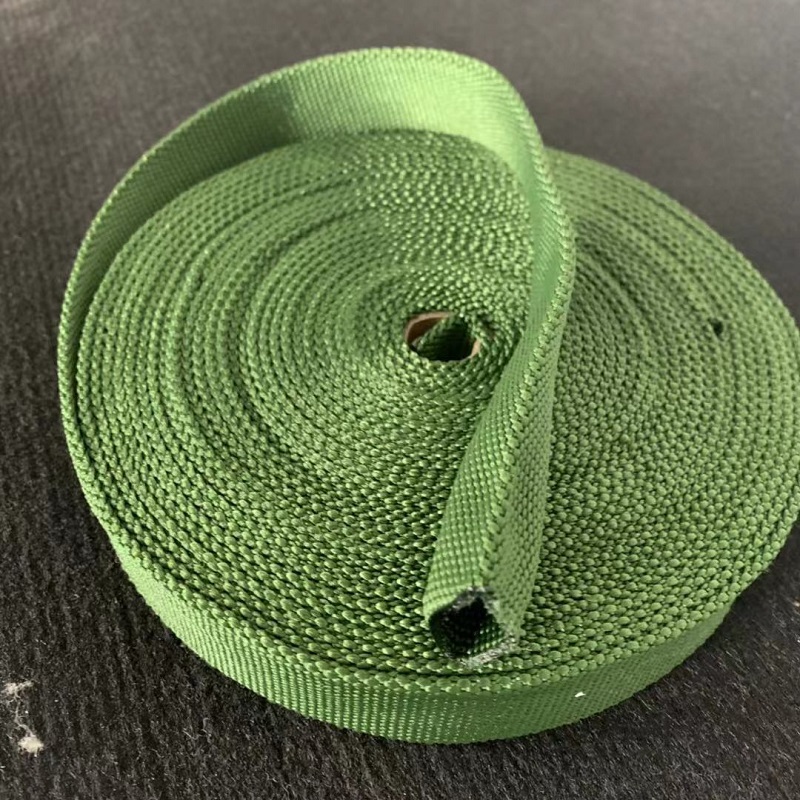Nylon is the trade name of polyamide fiber, also known as nylon. There are many varieties of nylon 6 and nylon 66. The main component of the former is polycaprolactam, and the main component of the latter is polycaprolactam.
1. Morphological structure
Nylon is produced by melt spinning, and its cross section and longitudinal morphology are similar to those of polyester.
2. Moisture absorption and dyeing
The moisture absorption capacity of nylon is better than that of synthetic fibers. Under general atmospheric conditions, the moisture regain can reach about 4.5%, and some varieties such as nylon 4 can reach 7%. Nylon is also easier to dye.
3. Mechanical properties
Nylon has high strength, strong elongation and excellent elasticity. When the elongation is 3%~6%, the elastic recovery rate is close to 100%; Under the same conditions, the polyester fiber is 67%, the acrylic fiber is 56%, and the viscose fiber is only 32% - 40%. Therefore, the abrasion resistance of nylon is good among common fibers. Nylon is easy to deform under low load, and its initial modulus is low among common fibers. Therefore, it feels soft, but its shape retention and stiffness are not as good as those of polyester.
4. Thermal properties
The heat resistance of nylon is poor. With the increase of temperature, the strength decreases and the shrinkage increases. Generally, the safe use temperature of nylon 6 is only below 93 ℃, and that of nylon 66130 ℃. In case of fire, it is easy to melt into small holes and even burn the human body.
5. Optical properties
Nylon has poor light fastness. Under the long-term irradiation of light, Selvedge webbing It will become yellow and brittle, and its strength will decrease.
6. Chemical stability
Nylon has good alkali resistance and poor acid resistance, especially poor resistance to inorganic acids.
7. Density
The density is relatively small, about 1.14gm.
Nylon is a kind of synthetic fiber with earlier industrial production. In recent years, although the development of polyester has exceeded it, it is still one of the main varieties of synthetic fibers. Nylon is mainly produced by filament, which can be used for civil purposes, such as weaving socks, scarves, clothing, edging webbing, toothbrush mane, etc., and also weaving carpets; Used in industry to manufacture tire cord, rope, fishing net, etc; It is used for weaving parachutes in the national defense industry.


